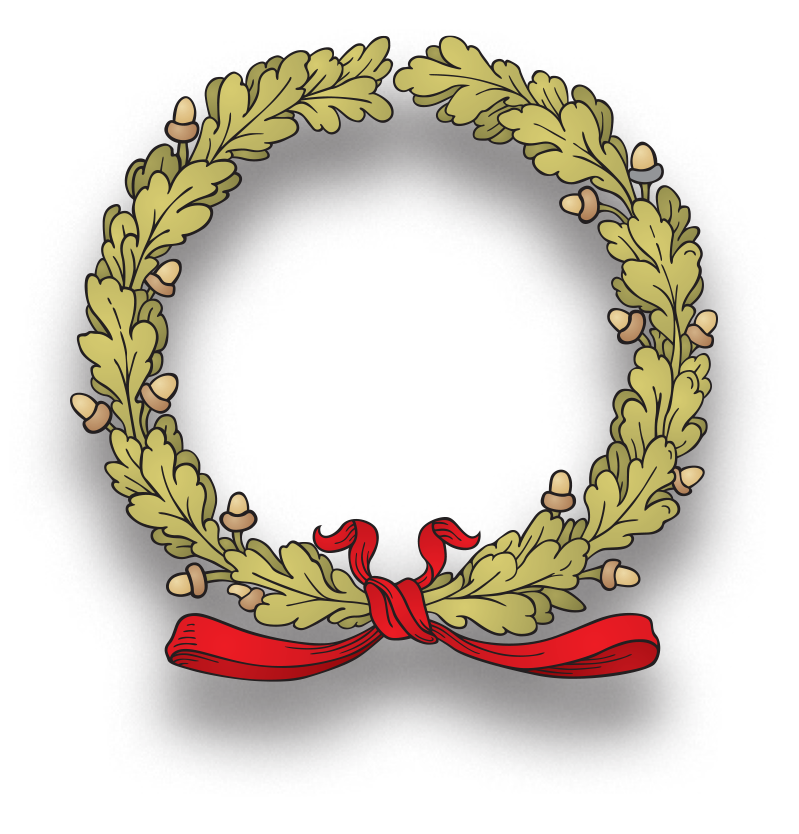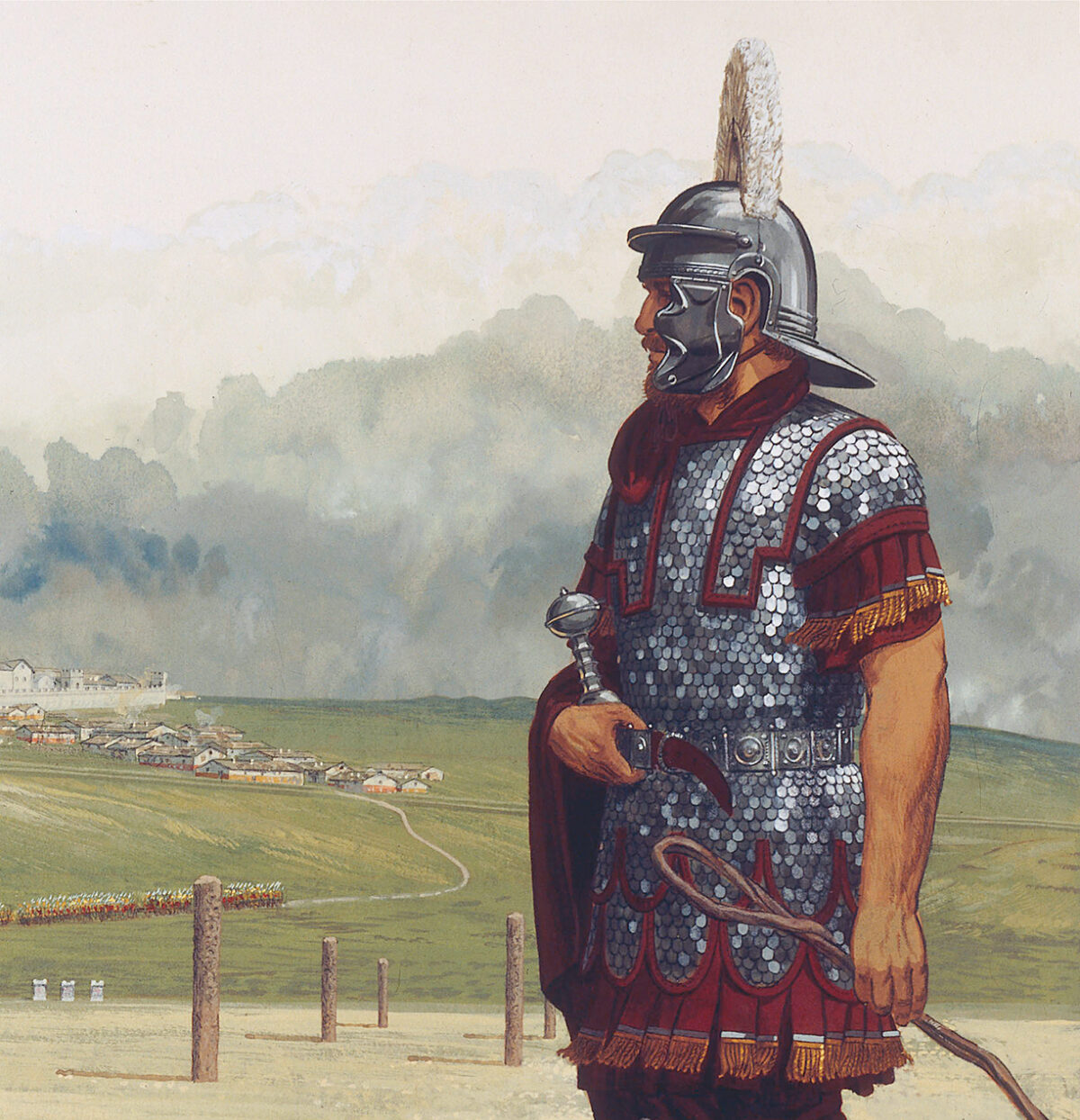
The pages of the great Roman historians—Livy, Tacitus, Sallust—are replete with stories of the triumphs and foibles of the commanders of the legions. But seldom are common soldiers mentioned by name. Spurius Ligustinus is an exception. A legionary of the Roman Republic, Ligustinus served in five major wars and several smaller campaigns during his 32-year military career (200–168 bc). Over the years he received an extraordinary six Civic Crowns—the Roman equivalent of a Medal of Honor—conferred for having saved the lives of fellow citizens in battle. He also received 34 armillae and torques, gold or silver armbands and neck rings awarded to recognize other acts of valor in battle.
Five times during his career Ligustinus held the rank of primus pilus, or first centurion, of a legion. Centurions were the junior and mid-ranking officers of the Roman armies. Unlike senior legates and tribunes, who mostly came from higher social orders, centurions generally came from the plebeian general populace and rose through the ranks. The centurion commanded a sub-unit called a century, which by Ligustinus’ day had been reduced from 100 to around 80 men.
As they led their troops by example from the front, centurions experienced high casualty rates. Transverse horse-hair crests atop their helmets made them easy to identify in battle. The primus pilus commanded the first century of a legion’s rightmost cohort. He was the ninth senior ranking officer in a legion, directly behind the commanding legate, the six military tribunes and the camp prefect. The primus pilus was the only centurion who sat in the legion’s war councils.
Ligustinus was born into a poor family of Sabine origin. Enlisting in the Roman army in 200 bc, he served in the Second Macedonian War (200–197 bc). By his third year of service he’d been promoted to the centurion ranks. He next fought against the Lusitanians (194 bc) in Hispania (the Roman name for the Iberian Peninsula), where he first attained the rank of primus pilus. He subsequently served in the Aetolian War (191–189 bc), in Greece, and the First Celtiberian War (181–179 bc), in Hispania.
By the outset of the Third Macedonian War (171–168 bc) Ligustinus was over age 50, living on a half acre of land and had eight children. When the Senate authorized the raising of two additional legions to send to Macedonia, Ligustinus volunteered once again, as did more veteran centurions than there were available slots. Twenty-three former first centurions, including Ligustinus, were assigned to the ranks. They protested the demotion and appealed to the tribunes of the plebs. During the subsequent public hearing Ligustinus requested and was granted permission to address the assembly.
“As long as anyone who is enrolling armies considers me fit for service,” said Ligustinus, according to Livy, “I will never beg off. Of what rank the military tribunes think me worthy is for them to decide; I shall see to it that no one in the army surpasses me in bravery.” He then told his fellow protesting first centurions to “think every post honorable in which you will be defending the state.”
When Ligustinus finished speaking, Consul Publius Licinius Crassus brought him before the Senate, whose members gave the centurion a vote of thanks for his past service. The military tribunes then appointed Ligustinus primus pilus of the 1st Legion, his fifth assignment in that rank. Withdrawing their protests, the other former first centurions accepted assignments in the ranks—though many, no doubt, moved up quickly.
This story appeared in the Autumn 2023 issue of Military History magazine.
historynet magazines
Our 9 best-selling history titles feature in-depth storytelling and iconic imagery to engage and inform on the people, the wars, and the events that shaped America and the world.







